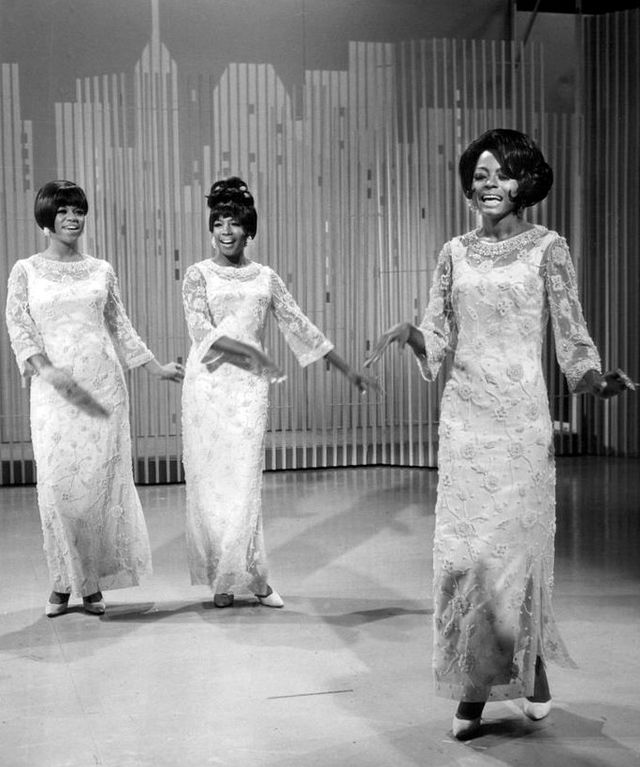When the first bars of “When the Lovelight Starts Shining Through His Eyes” hit the air, a shy trio from Detroit began to glow in a new way. The song did not top every chart, but it changed how the music world saw them — and how they saw themselves.
Before this single, Diana Ross, Mary Wilson and Florence Ballard were talented but overlooked. They had signed with Motown and recorded several songs that barely registered beyond studio doors. Berry Gordy turned to his hitmakers, Holland-Dozier-Holland, to find the sound that would unlock their potential. The result was a brisk, bright record with a clear, singing lead and harmonies that reached for the rafters.
The Lovelight single is notable for what it introduced: the polished interplay between pop hooks and soulful drive that became Motown’s calling card. The Funk Brothers laid down a tight beat. Tambourine and brass pushed the chorus into celebration. Diana Ross’s voice carried the melody with a mix of vulnerability and pop restraint that would soon define the group’s public image.
The lyrics told a simple story of love recognized at a glance. It was not a heavy sorrow or a complex moral tale. It was the kind of song that lifted crowds, made people sway, and felt safe to sing along to on a Saturday night. The chorus—simple and heartfelt—made room for the three women’s voices to shine in layers.
When people hear that record, they hear the pivot point. It’s where The Supremes stopped being a studio act and started to become a national presence. — Brian Holland, Songwriter and Producer
That modest breakthrough mattered. The song cracked the Top 40, giving the group its first meaningful entry into mainstream pop radio. For Motown, it proved a formula that could cross racial lines and win listeners in white and Black neighborhoods alike. It helped set the stage for the run of number-one singles that would follow and the public profile that made Diana Ross a household name.
Musically, the song is a masterclass in economy. Verses build steadily. Hooks arrive at the right moment. Horn punches and a busy rhythm section keep the energy high without feeling cluttered. It was a template: bright production, focused lead, friendly harmony. The arrangement made the Supremes sound both contemporary and timeless.
The cultural impact reached beyond the studio. In an era when Black performers were still fighting for equal airplay and equal billing, the Supremes’ growing success signaled a change. Their records played on stations that had previously ignored Black artists. Their look and sound were packaged for wide appeal. That strategy did not erase the hard work and the obstacles the women faced; rather, it turned small studio victories into national visibility.
I remember listening at home and feeling proud. It finally felt like the world was leaning in to listen to us. — Mary Wilson, Founding Member of The Supremes
For older listeners today, the record still serves as a bridge. It connects church pews and juke joints to living rooms and dance halls. It shows how a single song can convert potential into momentum. Behind the scenes, songwriters and producers sharpened their craft. On the stage, the women learned how to hold an audience. In radio rooms, program directors began to give them slots that led to bigger breaks.
This single was not the peak of the Supremes’ power. It was the spark. It revealed a market-ready blend of pop clarity and soulful feeling, and it pushed Motown to double down on the formula. The band’s later domination of the charts can be traced back to that moment when their lovelight first caught fire and the industry around them had to take notice
